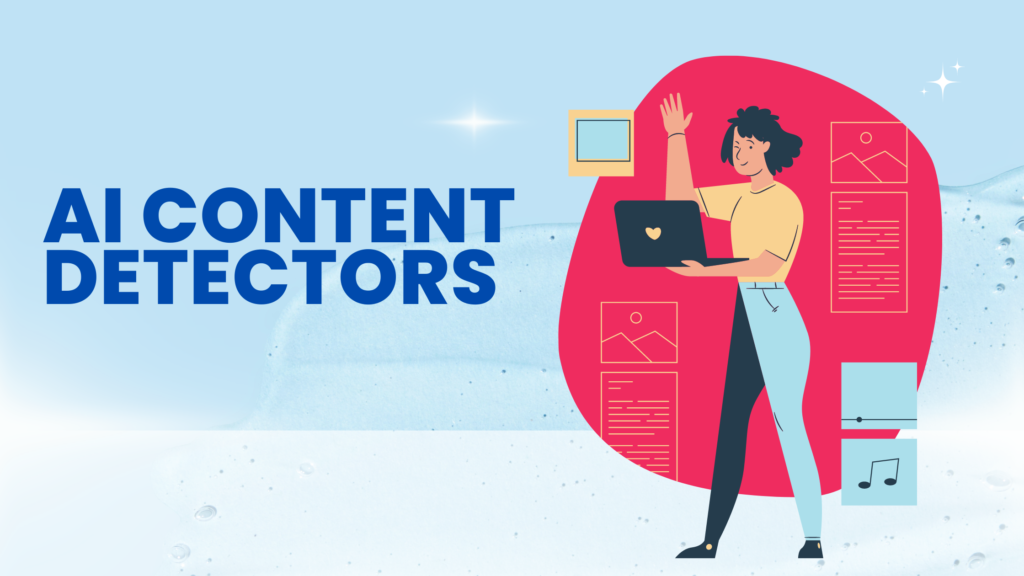The best AI content detectors in 2024
As artificial intelligence becomes increasingly integrated into our daily lives, the need for tools that can detect AI-generated content is rising. This is particularly important for those in fields like education and content creation, as well as businesses offering web development services. Knowing how to identify AI-generated text is crucial for maintaining quality and authenticity. In this blog, we’ll explore some of the leading AI detector tools available today, their features, and how they can benefit you.
OpenAI’s Text Classifier
OpenAI offers a tool specifically designed to distinguish between human-written and AI-generated text. It analyzes various linguistic patterns and features, providing users with a confidence score indicating the likelihood of AI involvement. This tool is particularly useful for educators looking to assess student work.
Pros:
- User-friendly interface
- Clear confidence scores
Cons:
- Limited to specific types of content
2. GPTZero
Developed by Edward Tian, GPTZero gained popularity for its straightforward approach to detecting AI-generated writing. It highlights specific indicators that suggest AI authorship, such as perplexity and burstiness. This makes it a favorite among educators concerned about academic integrity.
Pros:
- Easy to understand results
- Focus on educational use
Cons:
- May struggle with nuanced or creative texts
3. CopyLeaks
CopyLeaks not only identifies AI-generated content but also checks for plagiarism. It’s ideal for businesses and educators who want to ensure originality in submissions. The tool provides detailed reports, making it easy to trace any issues back to their source.
Pros:
- Dual functionality (AI detection and plagiarism)
- Comprehensive reporting
Cons:
- Requires a subscription for full features
4. Writer.com
Writer.com offers a suite of writing tools, including an AI content detector. This tool is particularly useful for brands and marketers who want to maintain authenticity in their communications. It integrates seamlessly with their content creation platform.
Pros:
- Integrated with a writing assistant
- Useful for maintaining brand voice
Cons:
- Primarily focused on marketing applications
5. Turnitin
Traditionally known for its plagiarism detection capabilities, Turnitin has also adapted to include AI detection features. This makes it a staple in educational institutions, helping educators ensure that students submit original work.
Pros:
- Established credibility in education
- Comprehensive content checks
Cons:
- Can be expensive for smaller institutions
6. Scribbr
Scribbr’s AI detection tool offers an intuitive interface that analyzes text for signs of AI authorship. It’s particularly popular among students and researchers who want to verify the originality of their papers. The tool provides feedback that helps users improve their writing.
Pros:
- Focused on academic use
- Offers improvement suggestions
Cons:
- Limited free version
7. Detect GPT
Detect GPT is designed to specifically analyze text generated by the GPT family of models. It utilizes advanced algorithms to assess writing characteristics, making it a specialized tool for educators and content creators.
Pros:
- Tailored to GPT outputs
- Simple and effective analysis
Cons:
- May not detect outputs from other AI models
8. AI Text Classifier by Hugging Face
Hugging Face offers a robust AI detection tool as part of its AI research platform. This tool provides in-depth analysis of text, assessing various features to determine authorship. It’s particularly useful for developers and researchers who need a more technical solution.
Pros:
- Open-source and customizable
- Strong community support
Cons:
- Requires some technical knowledge to use effectively
Conclusion
As AI technology continues to evolve, so too do the tools designed to detect its output. Whether you’re an educator, a marketer, or a business offering web development services, understanding the strengths and weaknesses of these AI detector tools can help you navigate the complexities of digital content. By leveraging these resources, you can maintain integrity in your work and foster trust in your communications.
As AI-generated content becomes more prevalent, the importance of using these detection tools cannot be overstated. Choose the one that best fits your needs and helps you stay ahead in an increasingly automated world.

